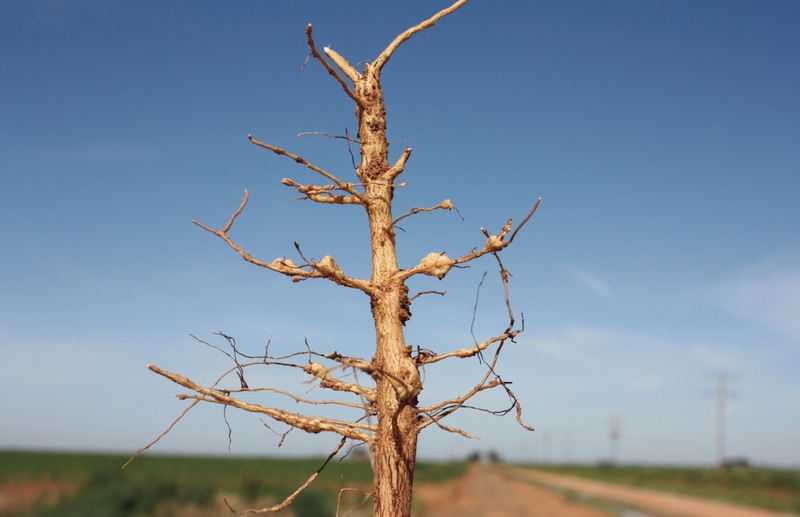Fall and Fire Safety Go Hand-in-Hand
How long does it take a cotton picker or stripper to burn up? Not long given the right tender and environmental conditions.
According to a Cotton Incorporated report, a small smoldering piece of trash, dust, or lint can become an uncontrollable flame within in 3 minutes. In as few as 15 minutes, the machine can burn into a barely recognizable shell of melted rubber and charred steel.
When you are in a field busy harvesting, you might not have much time to react if a fire breaks out. That make fire prevention extremely important, especially given the cost of today’s modern equipment.
Outside of hands-on maintenance to keep harvesters clean, the use of fire detection and suppression systems have become more common. Steven Monaco, owner of 1st Fire Safety, provides these systems for cotton strippers and pickers.
“The trick has been for us to home in on the detection system, because these fires can go from smoldering to big pretty fast,” he says. “We have the detection system integrated with the fire suppression system, but they are separated on purpose. When our monitors hit a certain temperature, an alarm signals in the cab and the operator makes a decision on utilizing the fire suppression system. Those alarms help growers squash the small potential fires before they go big.”
Monaco says he excited about John Deere’s launch of the new 770 series of cotton harvesters. This will allow growers to install the company’s full-size 60-gallon tank on the new pickers. The full-size tank fits on current stripper models, but a modified system is only available on current pickers. The system creates 1,200 gallons of foam.
“The type of foam we use creates an equivalent of about 3,600 gallons of water when fully deployed on a fire,” he says.
Other Best Practices
The Farm Bureau has provided other best practices growers should consider and follow during harvest. Here’s a roundup:
- Keep two dry chemical ABC fire extinguishers with you at all times. Keep one mounted in the cab and one where it can be reached from the ground.
- Check all fire extinguishers before beginning each day’s operation. Make sure all fire extinguishers are fully charged. Occasionally shake the extinguisher to keep the powder from settling.
- Keep a cell phone or farm radio nearby that can be used to summon help if a fire does occur.
- If possible, have a supply of water in the field where the operation is being conducted.
- Important for cotton pickers: Make sure to keep the area behind the cab near the transmission free from debris and lint buildup. High temperatures occur here and can cause a fire to ignite.
- Wipe up oil and fuel spills as they occur.
- Equipment should be well serviced, particularly the exhaust systems, to reduce the chances of both field and equipment fires.
- Address any mechanical problems such as a clogged picking unit or dragging brakes immediately to prevent buildup of heat or excessive friction which can lead to a fire.
- Use a pressure washer to remove all caked-on grease, oil, and crop residue. A clean engine will run cooler, operate more efficiently and greatly reduce your chance for fire.










